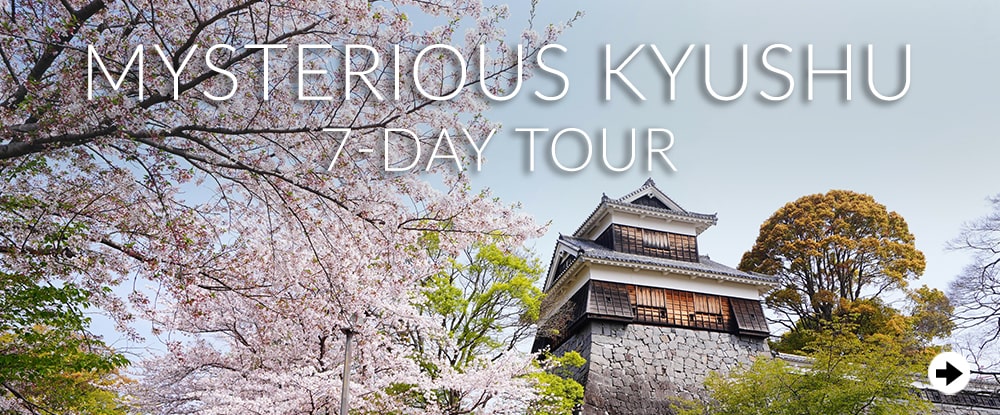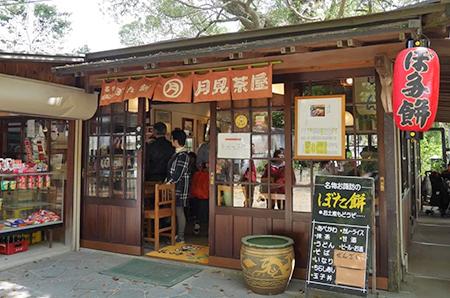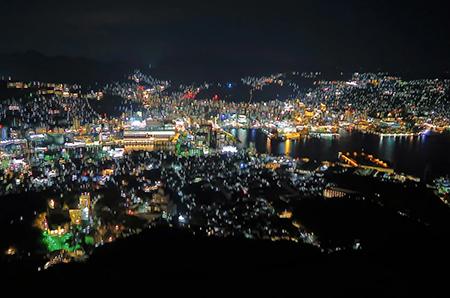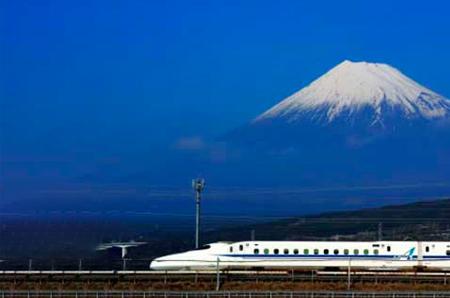Nagasaki, Japan Jan. 30 Thurs 4:50AM
Castella (Nagasaki)
Most everyone knows what sponge or pound cake is and has probably tried it at some point in his or her lifetime. But did you know the city of Nagasaki in Japan is famous for a very popular Japanese version of the western favorite?
It’s called castella and it has a very unique origin that has grown into the signature export of Nagasaki enjoyed by young and old alike, all over the country.
Origins of Castella: Nagasaki
Nagasaki is part of the Kyushu islands in Southwestern Japan. It was a famous trading port city with other countries during the 16th century, such as the Netherlands, China and Korea. Despite the ban on trade imposed during the Edo period in the 17th century, Nagasaki’s man-made port of Dejima was the only one open to foreign imports. The port became the birthplace of many now-enjoyed European products in Japan, including sweets.

Although Portuguese missionaries are reported to have brought the cake to Japan in the 16th century, castella’s origins are reportedly Dutch. They introduced it to locals as “Bread of the castle”, which is where the Japanese name for is thought to have derived from. The simplicity of its taste and ingredients, as well as a long shelf life, were no doubt part of its rise to fame among Japanese. However with the high cost of sugar in those days, it must have been quite a luxury.
Although Dejima is not a island anymore today, many of its historical areas are being restored. One of the oldest bakeries in Nagasaki, Bunmeido is by far the most famous and well known among Japanese as the top makers of the confectionary classic. Now a famous chain, branches easily found in department stores all over Japan.
Simple Ingredients
Although the popular sponge cake is comprised of very simple ingredients, it has undergone many refinements and changes over the years in its evolution to the version enjoyed today. Despite that, the base ingredients remain largely unchanged.
The fluffy, moist base texture is created using just flour, eggs and sugar. It is cooked inside a traditional wooden frame. The wood helps to release heat slowly, which leads to a more even cooking. Butter or oil is traditionally not used. The golden brown top consists of a caramelized glaze or honey.
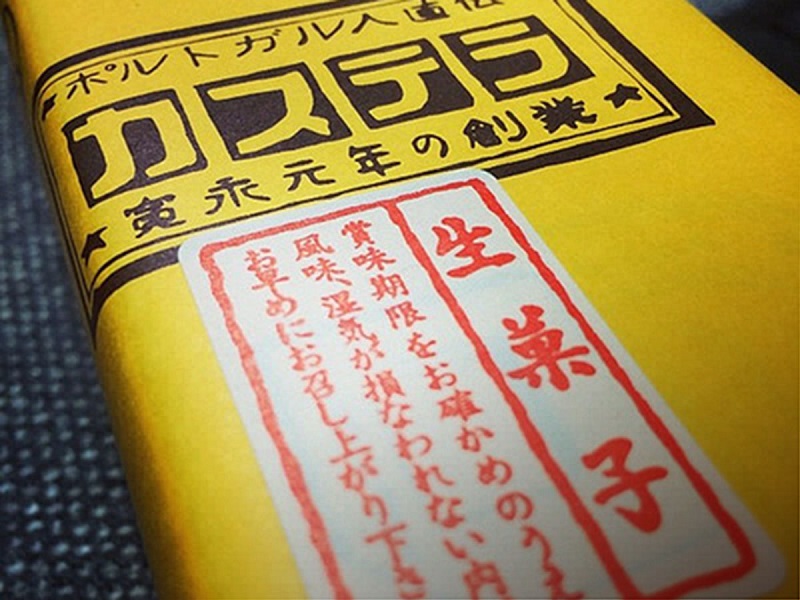
Castella is sold in long boxes (about 30 cm) and usually cut into 2 cm slices. You can also find it pre-cut or even sold in individual slices. Despite the temptation to eat it fresh-made, it’s suggested to leave the cake wrapped for a few days before eating since doing so makes it more flavorful. By comparison, it is much sweeter and moister than traditional western pound cake. It goes very well with coffee or tea due to its sweet taste and aroma
Although the version found in most supermarkets is fine as a common snack, larger departments stores or specialty confectionaries are the best places to buy it as a gift. It does have a longer shelf life than other fresh made sweets, but it’s still a good idea to ask about the expiration date when giving as a gift, just to be on the safe side.
Refinements and Variations
As mentioned earlier, the castella found today has undergone many changes over the years to reach its current form. Part of those refinements includes variations of taste and size to satisfy to widen appeal.
Expanding on western styles, new ingredients these days can include black sugar, chocolate, or even cheese. Japanese styles have also been expanded, most notably being green tea matcha flavor, which is becoming a very popular version.
I am sure with time, even more flavors will be added to satisfy customers unending search for novelty. What will be next? As for me, the classic original recipe is my favorite and perfect just as it is. What’s your favorite?

